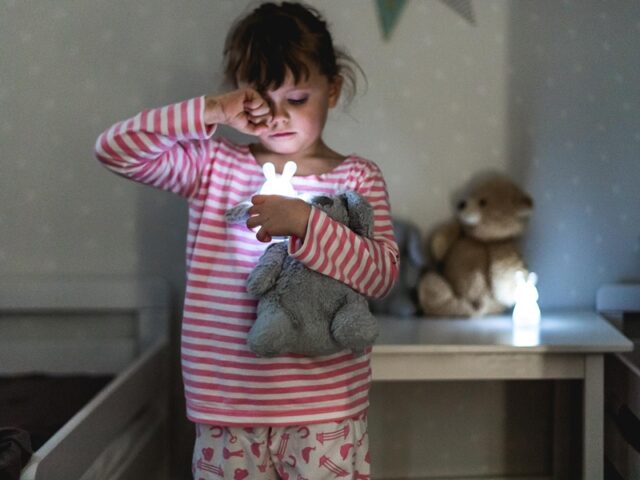
In children, we regularly find developmental fears that are normal for a certain age. They appear, change, and spontaneously disappear when a child outgrows a certain developmental stage. Each developmental stage is associated with specific fears, which have a specific function for that age.
Fear of the dark is one of them. Many feel uncomfortable sleeping in completely dark rooms, so parents resort to various solutions without disturbing the quality of the child’s sleep.
When younger children are afraid of the dark, it is mostly related to some other, more specific fear, such as hiding monsters, thieves, and the like in the dark. Later, in school-age children, it is a feeling of insecurity and fear of the unknown.
How to help a child who is afraid of the dark?
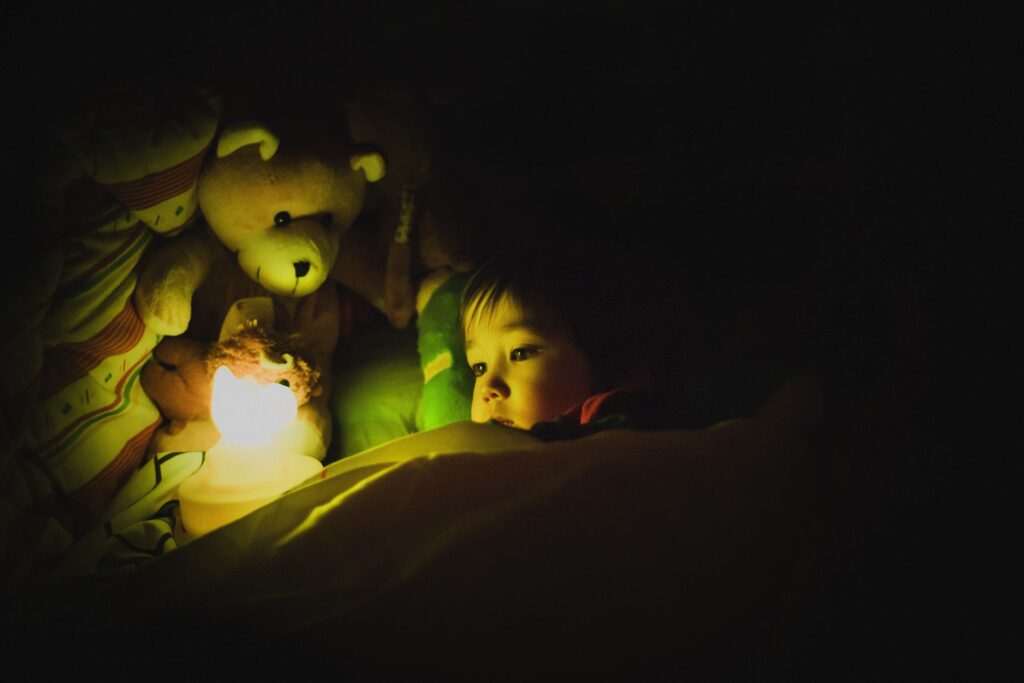
It is very important for the child that the parent understands him and helps him overcome the fear of the dark or anything else. Parents can make it easier for their children by accepting their children’s fears and leaving them room to face their fears. Fear of the dark is most often, but not necessarily, triggered by something the child has seen in the media or heard in adult stories.
Therefore, the child should be protected from exposure to harmful media. It has also been proven that the blue light reflected by TVs and mobile devices is very harmful before bedtime, so it is recommended that the child does not watch TV before bedtime. In return, you can talk about how the day went or read a story. Explain to the child that monsters do not exist and that you are in the next room, so there is nothing to be afraid of.
Another thing you can do is leave the light on. Of course, someone muffled, or in the hallway. Today, there are many dimmed lamps that are designed just for situations like this. In addition to illuminating the room enough, it will not disturb the child’s sleep, and it will fit perfectly into any interior. Read more and learn how to help your child to overcome the fear.
Read below how light helps a child fall asleep more easily.
1. The light provides a sense of security
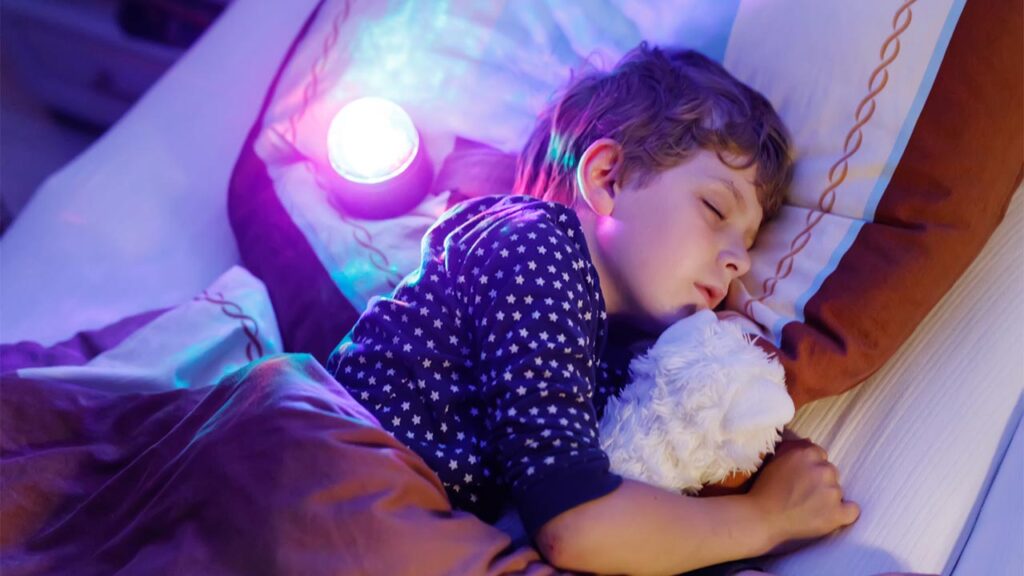
We have already mentioned that the fear of the dark is a normal phenomenon in the development of every child and that we need to help the child overcome fear. A lit light will definitely help him fall asleep easier and faster.
2. Reading a book
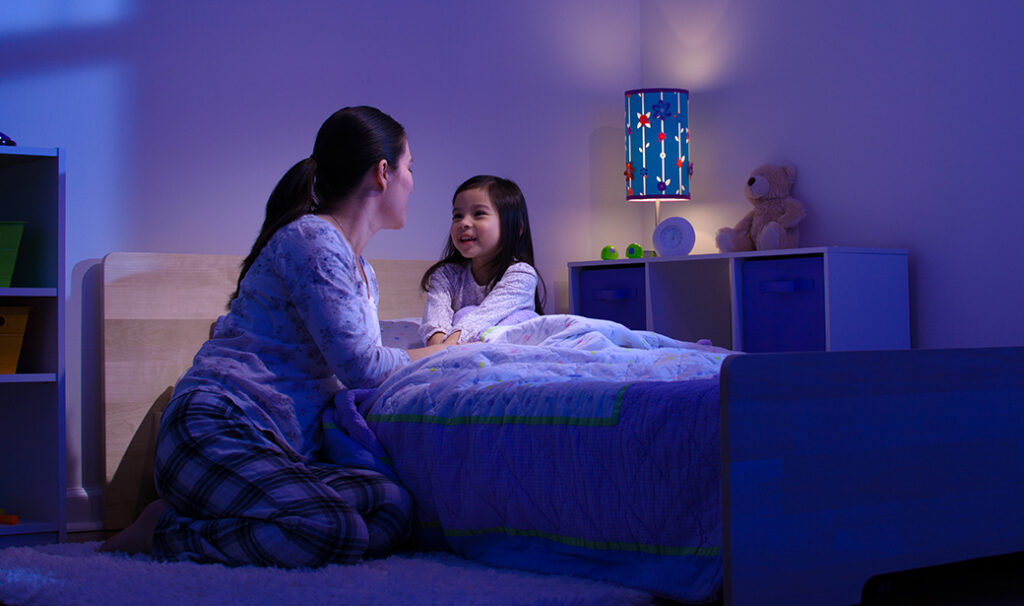
Watching TV immediately before going to bed is not recommended as it impairs the quality of sleep. Since the lamp is lit, the child can fall asleep while reading fairy tales or shaping shadows with his hands.
3. Sound lamps
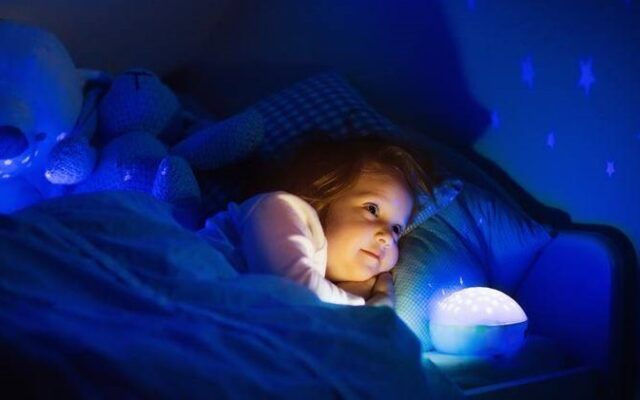
The brain also processes sounds when a person is asleep. That is why parents hear the cry of a child and that is why a person hears his partner snoring. Some sounds at night can interfere with sleep as well others can have a calming effect and help you fall asleep.
The quieter the bedroom, the person is more sensitive to sounds. Sometimes too quiet an environment can interfere with sleep as well as a noisy environment. The key is to eliminate, reduce and block the sounds that disturb the person’s sleep.
Listening to sounds through music devices can help you fall asleep (waterfall, thunder, the rustling of leaves, meditation music, or meditation singing). Children’s sound lamps often have music of pleasant, light tones.
4. Improved sleep quality
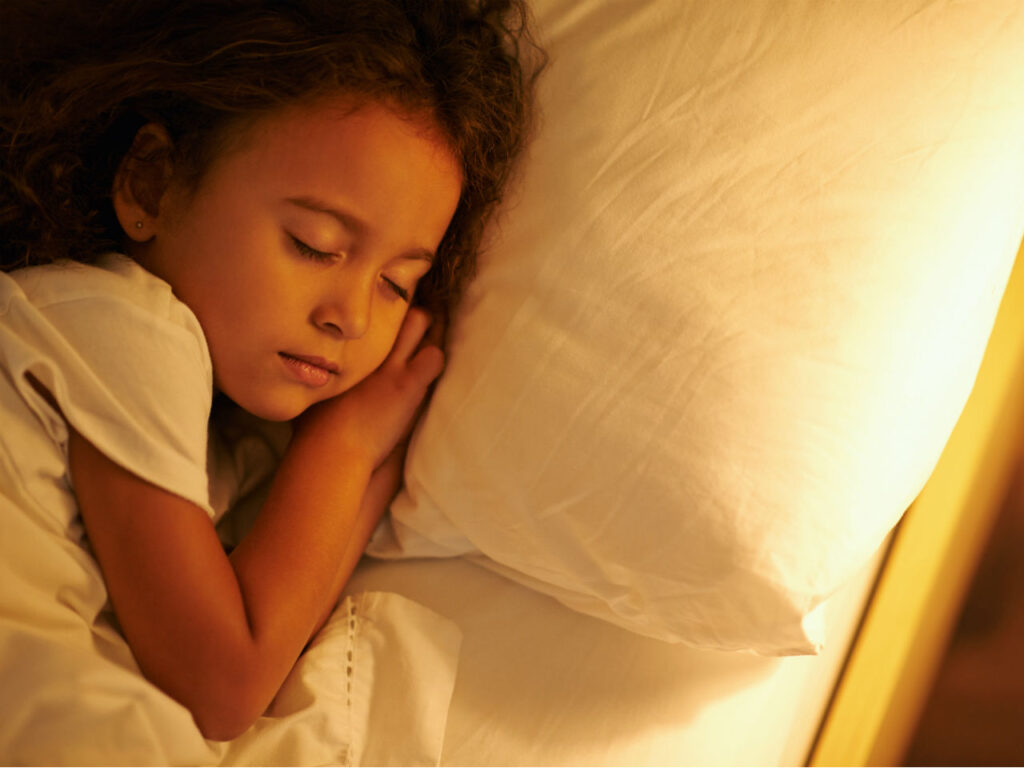
Children need quality sleep for proper development. If the child sleeps in fear, of course, the quality of sleep is impaired. Therefore, the lamp is a good solution. During sleep, the neurological function is strengthened and the whole organism is revitalized (which is very important for the normal psychophysical development of the child).
5. Illuminated path to the toilet
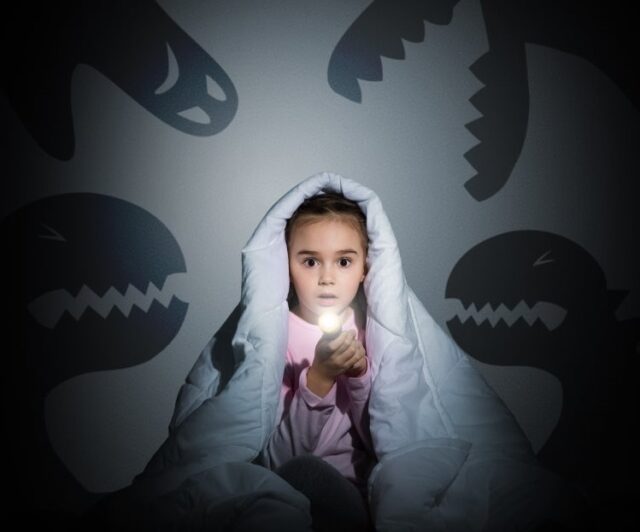
Children who are afraid of the dark often have a problem with urinating in bed, because they are afraid to get out of bed and move around in a dark room. Therefore, a lamp that stays on during the night is the right solution. Apart from the fact that the child will stop getting wet in bed, in time, he will realize that he is not, and what to be afraid of, both on the way to the bathroom and during sleep.
The role of parents in children’s sleeping habits
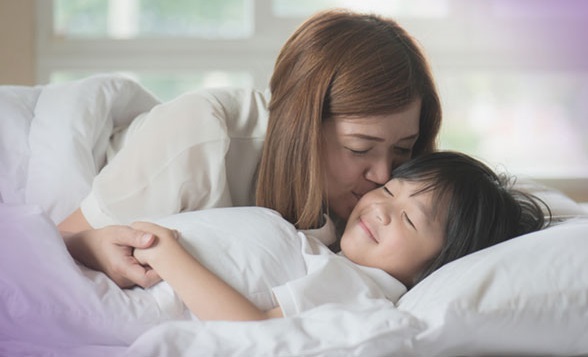
Parents have the most important role in creating sleeping habits in a child. They are those who first create sleeping habits in a child. They are persons the child is with first and foremost in contact. And they are person-models that the child will imitate and follow.
The first task of parents is to teach the child the most important language – his behavior in different states of consciousness and thus in a state when the child is ready to sleep. If parents understand this language, then they can encourage the child to organize these states in behavioral cycles, ie. to adapt to the child the activities and environment that will encourage him to sleep.
Many parents for various reasons choose to have their children sleep with them in the same bed, especially parents who work a lot and feel they spend little time with their child. However, once children are allowed to sleep in their parents’ beds, it will be difficult for them to get used to sleeping on their own. Such a transition will take a lot of time and it can be much harder than putting a child to bed right away.
Final thoughts
So, the point is to make the children a peaceful environment before going to bed. If your child feels safer sleeping with the light on, allow it to do so. Understand that this is a passing phase.
Try to reduce the light intensity over time, turn it off completely over time and replace it with a lit light in the hallway. In time, you will be able to turn off the light completely, and the child will not even be aware that he has outgrown his fear of the dark. You can also buy him a hand lamp that will be at hand if he needs it.













